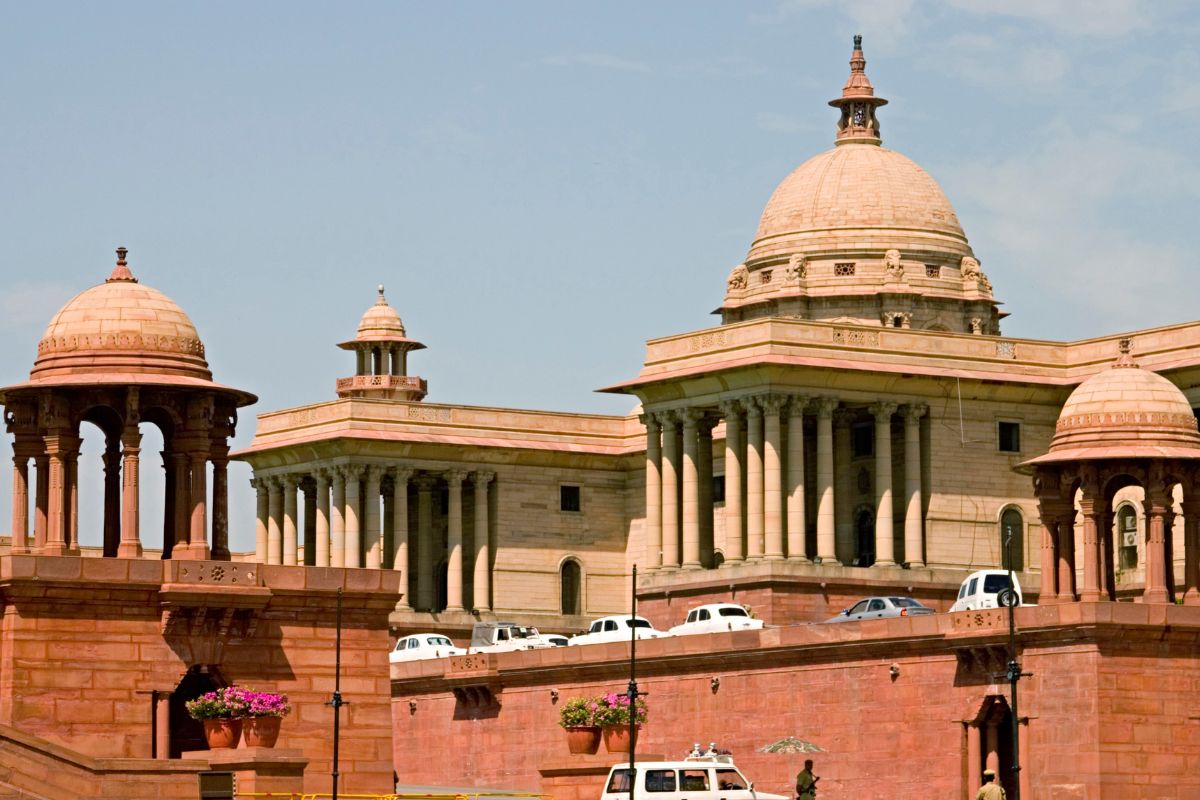In trademark law, registration alone isn’t enough. If you don’t actively use your mark in commerce, you risk losing it. This “use-it-or-lose-it” principle is more than a catchy phrase — it’s a legal requirement designed to keep the trademark register clean and free of “dead wood.”
Recent rulings from the Delhi High Court showcase how non-use cancellation works in practice, offering brand owners important lessons about enforcement and protection.
Also Read : Can You Trademark a Common Word? A Deep Dive into the ‘STAR’ Battle
What is Non-Use Cancellation?
Under Sections 47 and 57 of the Trade Marks Act, a trademark can be removed from the register if:
- It hasn’t been used for a continuous period of five years or more.
- There’s no bona fide intent to use the mark in connection with the registered goods or services.
This process — often called cleansing the register — ensures that unused trademarks don’t block genuine businesses from registering and using similar marks.
Case Spotlight: Kiranakart Technologies Pvt. Ltd. vs. Mohammad Arshad
The Facts:
- Kiranakart, the company behind the ZEPTO quick-commerce app, filed a petition to remove an identical “ZEPTO” mark registered by another party since 2014.
- Despite claiming use since 2011, the registrant failed to appear in court or provide evidence of any commercial use.
The Court’s Reasoning:
- Failure to Appear: The respondent’s absence meant allegations of non-use went unchallenged, creating a presumption of non-use.
- Trademark Squatting Concern: The court found indications the registrant was blocking the mark without genuine intent to trade.
- Active Use by Petitioner: Kiranakart had invested heavily in the “ZEPTO” brand since 2021, making the prior unused registration a direct obstacle.
Also Read : Deceptively Similar Trademarks: Never-Ending Conflicts from the Perspectives of the Madras High Court
The Outcome:
- The court ordered the removal of the unused “ZEPTO” mark under Section 47(1)(b).
- This reaffirmed that trademarks must be actively used to remain protected.
Why This Matters for Brand Owners
- Avoid Losing Your Mark: If you own a registered trademark, keep records of its use — invoices, advertisements, and product listings can be crucial evidence.
- Act Against Squatting: If an unused mark blocks your brand, you can petition for cancellation to clear the register.
- Monitor Your Portfolio: Regular audits help identify marks at risk of cancellation due to inactivity.
Also Read : Anti-Dissection vs. Dominant Part: Under Armour’s Landmark Victory at the Delhi High Court
Key Takeaways from the Court’s Approach
- Non-Use = Vulnerability: Even long-standing registrations can be cancelled if unused for 5+ years.
- Silence Hurts: Not responding to cancellation proceedings often leads to losing the mark.
- Market Clarity: Removing unused marks promotes fair competition and frees up the register for active businesses.
Also Read : Dynamic Injunctions in the Digital Marketplace: Reliance’s Shield Against Online Brand Misuse
Conclusion
The Delhi High Court’s non-use cancellation rulings send a clear message: if you don’t use your trademark, you can lose it. The “use-it-or-lose-it” principle isn’t just theory — it’s actively enforced to keep India’s trademark system fair, competitive, and clutter-free.
For businesses, the lesson is simple: use your mark, document that use, and act quickly against unused marks that block your brand.
Also Read : Keyword Advertising & Confusion: Decoding the MakeMyTrip vs. Booking.com Saga
Author: Suresh Kumar is an Advocate at the Madras High Court and Managing Attorney at Unimarks Legal Solutions, Chennai. Since 2008, he has focused on trademark enforcement and litigation across the Madras HC IP Division, Commercial Courts, and District Courts in Tamil Nadu.
Disclaimer: The content provided here for Information purpose only; it shall not be construed as a legal advice. Last reviewed: August 2025.



